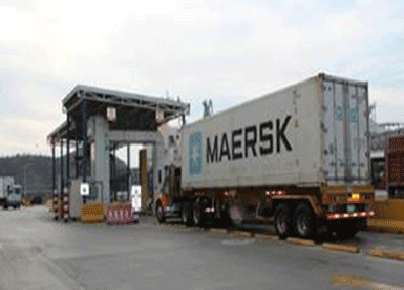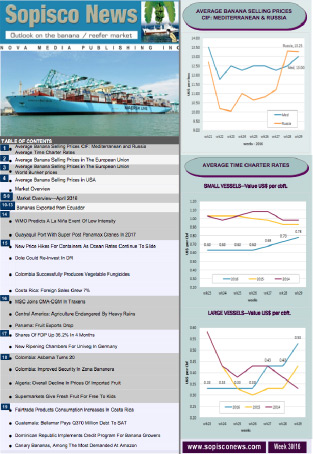The Ports of Ecuador Accelerate the Installation of Scanners
2023-03-10

Between January and February 2023, Ecuadorian authorities seized 3.3 tons of narcotics more than in the same period in 2022. The Contecon docks, the main port of departure for the drug, would have their scanners operational in six weeks. While seaports work against the clock to implement scanner technology to review exportable cargo, the drug route is taking hold in these spaces. According to official data from the Police, between January and February 2023, 14.7 tons of drugs were seized in the four ports, which were going to different international destinations, especially Europe.
The most recent operation was carried out in the port of Guayaquil. There, the Police seized nearly nine tons of cocaine camouflaged in a shipment of bananas bound for Belgium. This is 3.6 tons more than in the same period of 2022.
Since the beginning of 2023, authorities have seized over 31 tons of drugs nationwide in more than 1,500 operations. This means that almost half of the drugs that intend to reach other countries use the ports as a route. Delay in installing scanners since November 2022, when the deadline expired, and only two ports have finished installing them: Posorja and Manta. In the first case, they have been operational since 2019, two years before decree 227.
Through this instrument, President Guillermo Lasso appointed the National Customs Service of Ecuador (Senate) to coordinate this task. Felipe Ochoa, Deputy Director General of Operations of the entity, confirmed that Contecon would be the third port to have implemented the technology. "They will bring two large scanning machines, the bridge type, through which the trucks pass. They are weeks away from arriving, two or three weeks, and the civil works are already advanced," he explained.
In December 2022, Contecon inaugurated the first step of the civil works to install the equipment. They are the same machines that Posorja has. The Port of Posorja has had three scanners since 2019 to check each container that will be exported. DP World said to install this equipment. The ports must build a concrete structure that protects the scanners. Subsequently, connection tests will be executed. The process would take about six weeks, after which the checks with the scanners would begin. Currently, the Police carry out the profiling of the cargo manually. It is known as intrusive inspection. The investment among all the country's ports is around USD 55 million. In the case of the largest, it would reach USD 13 million. Each bridge-type machine costs USD 3 million. According to Ochoa, the new deadline for the remaining seven ports to install the equipment is May 24. Regarding the airports, the official said that Quito and Guayaquil would receive five and four scanners in the coming weeks.









